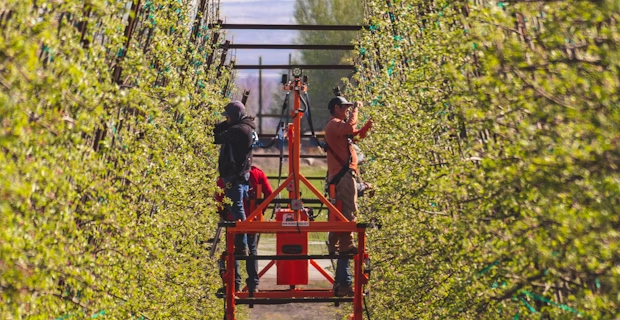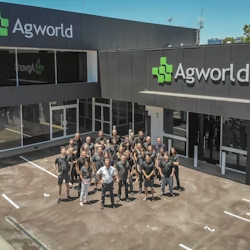This article was first published by The Safe Food Alliance
As we are entering a new decade, and Agworld is entering into its 10th year of conducting business, I am noticing a distinct difference in the way growers as well as agronomists and other service providers are treating ag technology. The last 10 to 15 years in agtech were very much focused on collecting information of what happened in the past, whether it be field records, soil samples, yield data, NDVI, financial data or otherwise, and keeping this as a record of past activities for a variety of purposes. This trend started changing in the last 5 years however and, moving into 2020 and beyond, technology that can create foresight instead of just offering hindsight will see increased adoption rates as it can help tackle a variety of issues.

Foresight is important in many aspects of farming and food processing, but none more so than food safety; should we just ‘hope’ for safety or should we plan for safety? I know what the consumers want, and that is a scenario where nothing is left to chance and everything is planned and executed upon accordingly. Many growers and their advisors in the US, Australia and other countries are utilizing Agworld for just that: planning their season and ensuring that the inputs to be applied and jobs to be done maximize profitability and ensure food safety at all times.
Growers often tell me how easy it is to get caught up with the busyness of peak season activities on their farm and forget specific factors when having to make crucial decisions. When you don’t create a plan at the beginning of the season and therefore don’t have a playbook to run from during the season, it’s easy to make a mistake that can ultimately jeopardize profit, food safety or even employee safety in some cases. Having a plan, strict procedures, and a data-based way of communicating with everyone involved helps avoid these mistakes.

Orchard manager Luke Anderson with Allan Brothers Inc., Yakima Valley, WA, recently explained to us why Allan Brothers is one of many Washington state based orchards that use Agworld: “Agworld lets us create maps that show our REI and PHI – we can easily print them and display them in the staff canteen – but obviously our staff has access to this information on Agworld as well on their own phone. The same goes for having chemical labels available in Agworld’s library – instead of having to search for it or handle a grungy chemical bottle out in the field, everyone can just find this information on their iPhone or iPad. To me, this is what Agworld offers us: improved safety, easier communication, less risk and good dataset of inputs used.”

Got what it takes to join the Agworld team? We’re looking for talented individuals to help us deliver innovative solutions in agriculture.
It’s easy to accidentally use the wrong chemical to close to harvest time, I’ve almost seen this happen a few times on our family’s pistachio orchard in Central California, and in most cases we wouldn’t have known until it’s too late and our whole harvest would have been jeopardized. In our case I can tell you that this is something we can simply not afford; wasting a complete harvest, and potentially even risking huge fines because we accidentally exceeded MRL’s, would have a severe negative impact on our business that would resonate for many years.
By implementing Agworld as a data platform, we have been able to turn our farm record keeping system from something that just provided hindsight, into a system that provides us foresight into the season to come and the actions we need to take. Just having the peace of mind that we don’t expose ourselves to risks we can’t manage and we don’t expose our consumers to any risks at all, is huge for me and my family. We prefer to plan for safety, instead of just hoping for it! If you’d like to find out more about how Agworld can help you achieve the same, please don’t hesitate to email me on zach.sheely@agworld.com.




